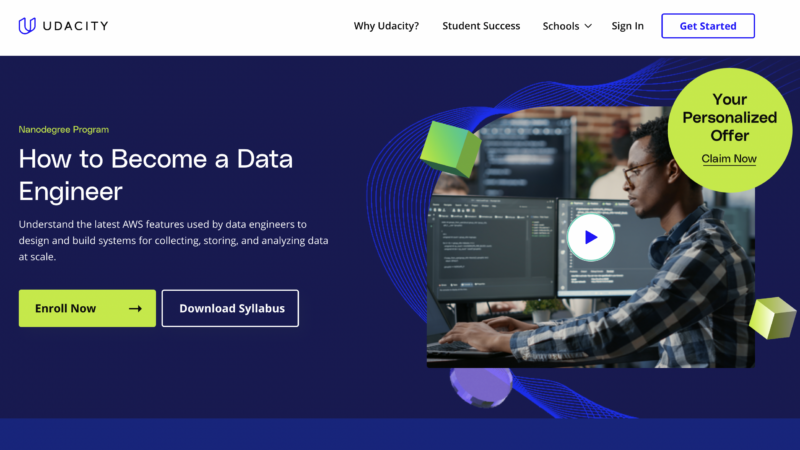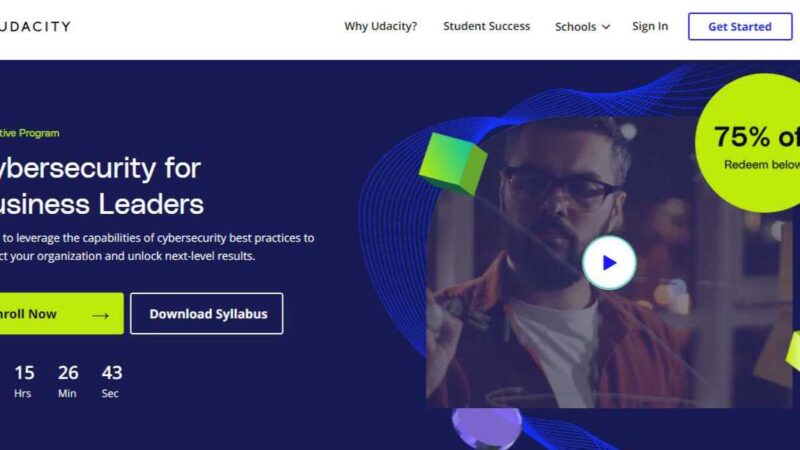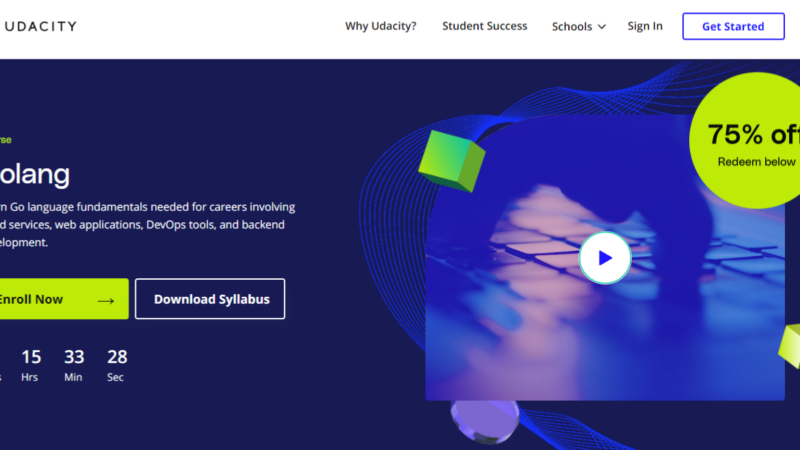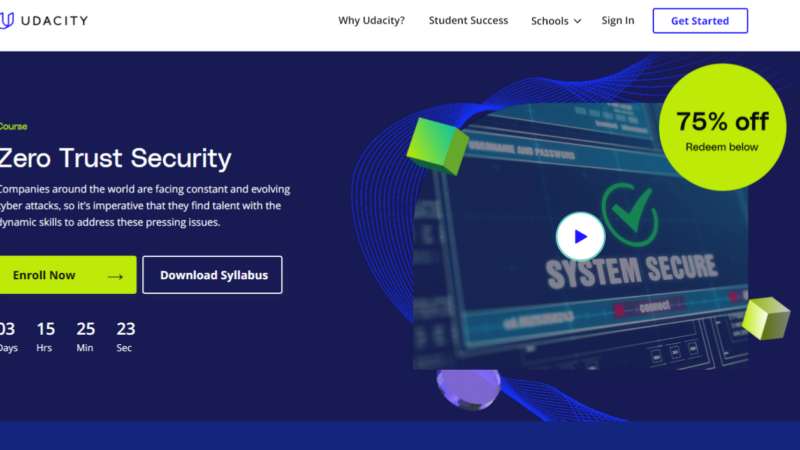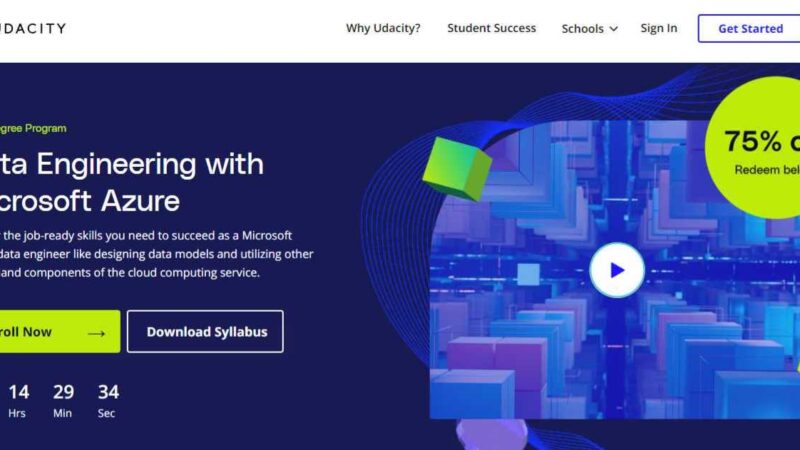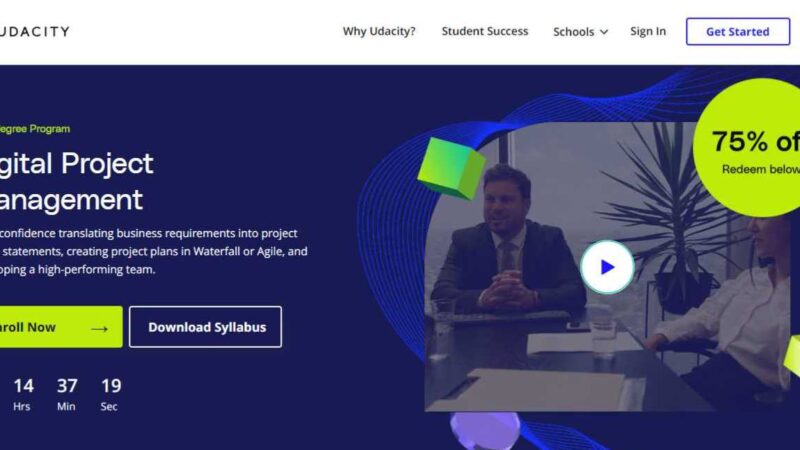Udacity UXDesigner Nanodegree Review

Udacity UXDesigner Nanodegree Review
The advancing world of tech needs problem solvers that can think crtitcally. As the old fades out and the new comes in the need to make it all come together in unison is crucial creating a demand for innovative and creative designers. At the front of designer professions is the UX Designer, working with a large range of technologies to enhance overall user expereince. Using their ability to bridge gaps between integrations, they’re able to smooth out kinks in workflows to make them run like a well oiled machine. This skillset is one that is in high demand, displaying a continuous rise in job creation. You will work alongside top tech companies helping them to enhance their platform and iron out any kinks that may be knotting up the connection between user and software.
If this sounds like something you’d like to learn more about, you’ll need some foundational skills. Such skills can be learned with a number of online programs, one of which is the Udacity UX Designer Nanodegree. If you haven’t heard of this academy, they have been making a splash since their foundaing back at Stanford in 2011. In this review, we will take a look at the course from its backbone outward disassemling each piece to give you an insider view. After digging into the course, we’ll leave you with a look into the job market, helping you to decide whether or not a career as a UX designer is right for you.
Meet your Instructors
Before we dive into the curriculum, let’s look at who you’ll be learning with. While doing the research we will admit we were quite impressed. The leaders of this course have experience with top name companies and many of them have gone on to create their own companies and programs that help enhance user experience. Allow is to introduce you.
Shuang Liu
From Google to YouTube Liu has worked on enhancing content and user ability. Apart from her experience and expertise that she brings to this course, she’s working on ways to enhance human and computer interactions, bringing a unique perspective to the table from all standpoints.
Gabriel Ruttner
Gabriel is passionate about startups creating products, designing UX and engineering machine-learning processes at the early stages. From building to executing, he’s dabbled in a bit of it all even co-creating and co-founding Feather Docs.
Michael Dedrick
Former lead designer for Blockchain, he’s worked with powerhouses Apple and IBM. His unique ideas have sparked interest in clients as he helps them bring their digital dreams to life through a series of integrations and connections.
Melissa Hui
Melissa has been in the field for more than 10 years. Her strategies have gained her attention by some of the top tech gurus and her experience led her to found Context Leap.
Level and Prerequisites
This course is said to be introductory and does not require that you have any prior experience. You will be learning from the ground up, able to test your skills with hands on projects as you make your way through each section. If there is any piece of the course you find to be confusing, you can get extra practice or brush up with one of many free introductory courses offered by Udacity.
This is not an introductory course but a more specified course into one particular piece of the large and complicated world of IT. While you will be prepared for many entry-level jobs, your possibilities are only at their beginning after this course. As you gain experience, you’ll see that this career, like many others in IT, is a constant learning experience. You will need to keep on top of your skills and also learn and enhance them as technology improves and advances.
Udacity UXDesigner Nanodegree Course Breakdown
The course is broken down into three sections followed by a capstone project to combine all your knowledge. Starting from the principles and ideals with which UX design came to light, you’ll work your way to more advanced abilities preparing you for your first day in the field. Like many Udacity courses, the information is designed to build up by sections, giving you the knowledge you need to apply along the way for each and every section.
UX Fundamentals
For starters, you’ll take a look at the birth of this field. You will see how the needs of user’s powers innovation guiding designers to create new and enhanced experiences. You’ll see what it takes to conduct certain types of research, learning the power of in-depth interviews and surveys. In combination with this field is ideals of psychology which you will tie into the final project. Your hands-on practice comes in the form of a research report which you will create on your own.
Low-Fidelity Prototyping
Building from your new knowledge, you’ll begin to see how this research goes from research to design. You’ll get to see first hand how this converts into a protype which can be used to test users. Learn the importance of feedback and how to make it work for you. At the end of this section, you’ll design your own low-fidelity prototype, seeing it out from start to finish.
High-Fidelity Prototyping
By this point, you’re able to see more or less how all of this comes together. Knowing how to test effectively, you’ll see how certain pieces of design can be enhanced to create better and more satisfied users. You’ll work hand in hand with engineering learning how to ask and intake information. This all comes together beautifully to enhance engagement between user and technology, through the improvement of performance indicators. At the end, you’ll get to develop your own high-fidelity design, also getting a chance to improve it based upon feedback.
Capstone
This capstone not only allows you to combine your skills to work with real-life problems but, allows you to start getting to work on your portfolio. You will continually add to your portfolio, using it as your ticket to your dream job. After each step, you’ll receive feedback from experts in the field, using it to make improvements here and there.
How Much Time Will It Take?
It may sound like a lot to get through but, Udacity estimates that you can finish in 3 months’ time. This estimate comes with 10 hours a week of dedicated work, something that is easy to accomplish even if you’ve got a full-time career. You will have all the time you need as this is an online and self-paced course but, you’ll want to make sure you’re saying on track.
Online course like this one give you the shot to work at your own pace which can be both a blessing and a curse. Make sure that you don’t take too long in between so that you can retain your knowledge until the end. You will need each and every piece when completing your final project and when you score your first gig.
Udacity works in a unique way when it comes to payments. Because you can take as much time as you need, they charge by monthly access where each month comes in at $359. For this course, there are two deals you can take advantage of, both of which come with a free month of access. When you choose to pay by month, you’ll get a free month or, if you pay up front, you’ll get a 15% discount plus one free month. This drops down the monthly access to $206.
What are the Ratings?
Before we jump to the job market, let’s take a look at what learners had to say. Overall, the course comes with a 4.6 out of 5-star rating. While the feedback is mostly positive, there are a few learners that did not enjoy the course. First, let’s take a look at the negatives. Of the learners who rated the course the lowest the price, level and content were among them. Of those that rated it the highest, the instructors, hands on projects, and the extras were a few of their favorites.
Just like with any other course, there are always learners that don’t get the same experience out of it. The good thing is though, of those that gave the course a lower rating, the curriculum and extras were generally left out. You can take to the web to read specifics, checking out a wide range of comments from learners who have taken the course.
What are these so-called extras? They attract a lot of attention for a reason, adding value to the course besides the in-depth curriculum. These extras include:
- Real Projects
We have already broken down the course and as you can see, each section offers a chance to practice. This is our favorite extra, as it makes you feel extra comfortable stepping out into the field. You’ll also have a killer portfolio after all is said and done that you can share with potential new employers and clients.
- A Mentor
You won’t have to go about anything on your own, receiving your very own mentor. They will help keep you on track and focused plus, they are there if you run into any technical difficulties.
- Career Services
You are already working on your portfolio so by the end of everything needed to send it out and show it off. Career services however helps you get your resume in order and shoots it out on the database where recruiters are anxiously awaiting new graduates. To take the pre interview jitters away, they also offer interview prep, holding a mock interview and providing useful feedback.
- Flexible Learning
We already hit on this one a bit but, this is part of the perks. You can have access per month and stretch it out as long as you would like. This however can drive up the cost of the course, which is why you are urged to keep on track. Try and go for the estimated time and not take longer than needed.
Job Market
We hit on the job market a bit but, let’s take a deeper look. According to an analysis by Boxes and Arrows, the median starting salary as of 2018 was from $60,000 to $127,000. This is thought to increase as more companies convert to digital services. They will need the help of professionals to enhance user experience. Companies like CNN, Apple, and IBM have job posting which together total in the tens of thousands that are up for grabs as we speak.
An in-depth analysis of the expected trends for this year and beyond can be found here: https://trends.uxdesign.cc/ . Beyond the salary increase, an increase in demand and job creation is expected, with numbers as high as 22% by the year 2024. Sharpening your skills now comes with the opportunity to come into the market at the perfect time, gaining experience before the spike to remain competitive and avoid market flooding.
Final Verdict
Now that you have seen more about the academy and the curriculum, you should have more than enough to make your decision. At the completion of each course, you’ll receive a certificate, which you can send to employers along with your resume and portfolio page. What we like most about the course are the projects and career services that are included in each nanodegree. Apart from that, you can’t find a better group of instructors in any other online platform. Yes, the cost is a bit hefty but, the faster you finish the less the cost and the faster you’ll get to working.
Becoming a UX designer might have not been on your radar but, it certainly should be. If you are on the hunt for a career that is in demand and hot, this could be the one for you. You can start this course without any prior knowledge, building a strong foundation with which you can build upon as you add more information and tools through industry experience.
